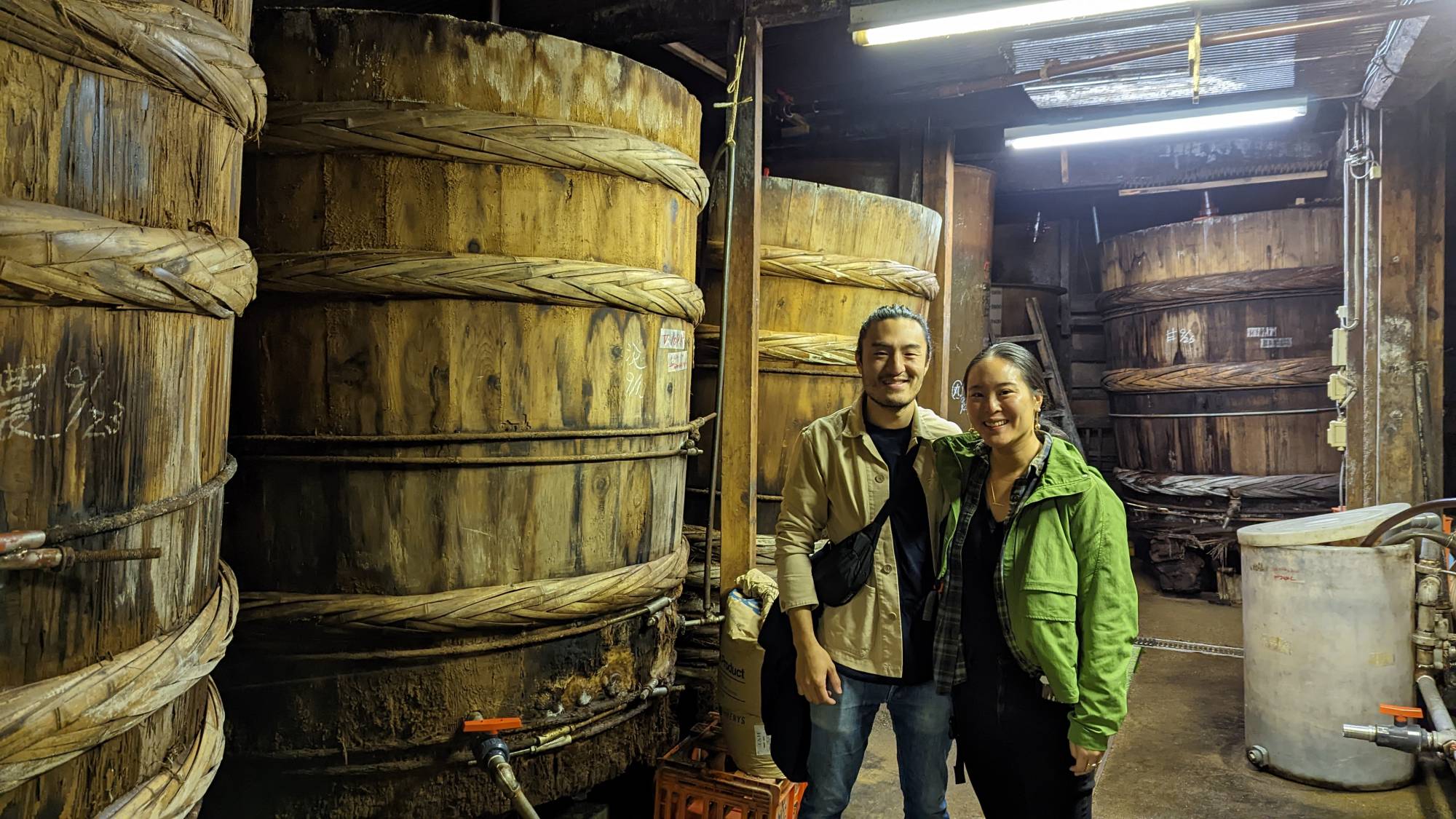“To ferment your own food is to lodge a small but eloquent protest... against the homogenization of flavors and food experiences now rolling like a great, undifferentiated lawn across the globe.”
So wrote American journalist and food historian Michael Pollan in 2013’s “Cooked: A Natural History of Transformation.” Indeed, as I tasted for myself on an October visit to a dozen miso, shoyu and sake producers in the north-central Hokuriku region, there is a dazzling diversity in traditional Japanese fermentation, not only in the types of foods it can create but in the bewildering variety of flavors in still-fermenting substrates.
Few who’ve tasted unpasteurized shoyu freshly pressed from moromi (raw mash) or kōji (Aspergillus oryzae mold) rice still glistening from the steamer would disagree. It’s a wonder all its own that Japanese hakkō (fermentation) masters can turn humble soybeans into miso and shoyu of unparalleled quality and complexity.

















With your current subscription plan you can comment on stories. However, before writing your first comment, please create a display name in the Profile section of your subscriber account page.